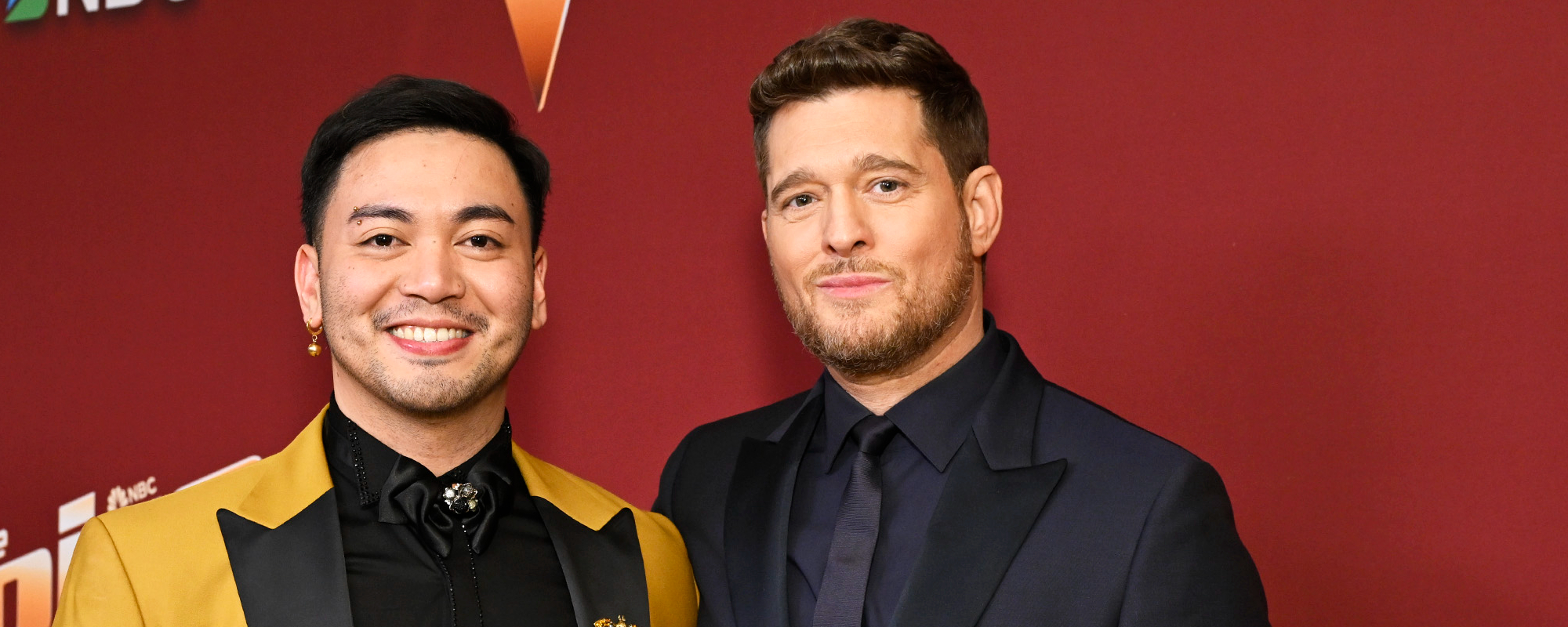In this episode of The C.L.I.M.B., Johnny Dwinell and Brent Baxter share how they were able to get 400 people to come out to a live show for an artist that had never played in that market before. Boiling down broader topics like promotion, targeting adjacent audiences, copywriting and other techniques, the two give applicable advice with anecdotes to back it.
Videos by American Songwriter
The reason they decided to record this episode was because of the clever marketing they used for up-and-coming artist Jacob Cade. Dwinell explains the premise of their situation and how rare it is to achieve the outcome they got using old-school promotion, but repeatable when artists adapt to digital promotion.
“When we’re choosing the right audiences, [on the Facebook Ads Platform] we can make miracles happen like we did with Jacob Cade,” Dwinell begins. “He booked an opening slot down in Scottsdale, Arizona, opening up for Dokken. He’s the opener, not the support act. So he goes on at eight, the support act goes on at 10, and then the headliner. Now, we were doing radio with him, rock radio, but we didn’t break into the Phoenix radio market, so he had zero spins there. Ghost on the radio, ghost on the market, never been in the market. We spent $200 promoting that and 400 people showed up.”
Dwinell and Baxter go on to explain the unconventional ways that they were able to make this happen and how they differ from single-tactic record labels. The two recognize that every artist needs a unique approach, especially at the forefront of their careers.
“[Record labels] are paying a lot of money to get their artists in front of people that they know don’t like them. Now, when you’re Luke Bryan, the juice is worth the squeeze on that because he’s got so much revenue coming in and they’re reaching so many people who do like him. The irony here is that they use that exact same strategy at Universal and at Warner and Sony and just about every record label on the planet for their new artists.
“That becomes expensive because the payoff isn’t there. They don’t know the brand. They should be developing the new artists on digital where you can be surgical before you put them on radio, where it doesn’t matter anymore because the cost of digital is so much more efficient. It’s easier to get that robust, crazy following that will lie down in traffic for an artist. And it can be based on not just the artist’s brand, but on a specific song, or the lyrical content of a song,” says Dwinell.
Baxter agrees, adding another idea to think about. “If I didn’t record this, who else might? Is there another artist out there who could record this song and would also make sense with their brand? Right now there are songs that Florida Georgia Line or Thomas Rhett could cut. More than one artist can often cut a type of song. Be honest with yourself about that going, ‘I do this kind of song but George Strait can do this kind of song too.’ Great, you can do the same niching down on George Strait fans not because you talked about George Strait in the song or referenced him but just because if you like George Strait, decent chance you’ll like this. You can do the same thing,” he concludes.
The hosts cover so much more throughout the episode to give their listeners tangible advice with proven results. For more things to think about when it comes to promotion and boosting awareness of an artist, listen to the rest of the show on The C.L.I.M.B.












Leave a Reply
Only members can comment. Become a member. Already a member? Log in.